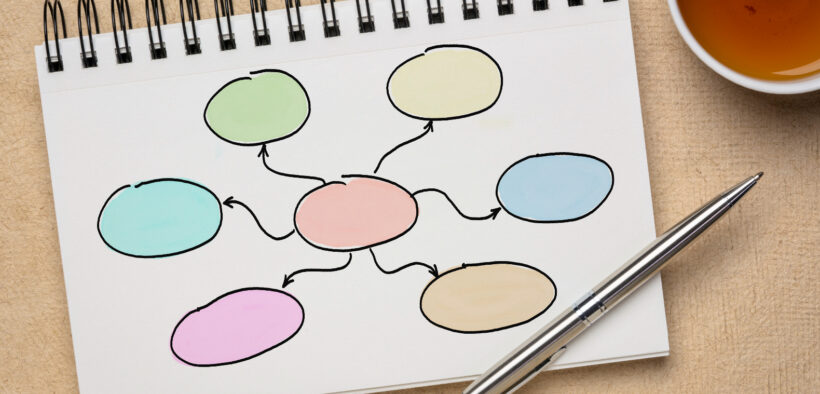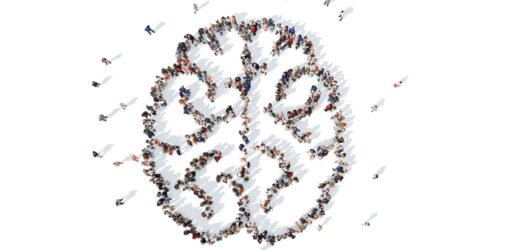We learn by connecting new information to prior knowledge (Palfreman, 1992). Much of this involves categorizing information according to patterns. Whereas the average American football fan just sees 11 individual defenders on the field, a veteran NFL quarterback sees the formation within the context of a category, such as a “two-deep zone.” This allows him to quickly interpret formations and decide how to react to them. In this way, much of expertise comes down to accumulating a storehouse of categories for structuring new information.
Related Articles
I have two loves: teaching and learning. Although I love them for different reasons, I’ve been passionate about...
“Why does my edition of Hamlet read ‘O, that this too, too sullied flesh would melt,’” my student...
After all, nearly every large language model (LLM) is good at summarizing readings, synthesizing large amounts of data...
In 1906, Francis Galton was visiting a livestock fair when he stumbled upon an interesting contest. Local villagers...
I often wear sunglasses on my walk from my parking spot on campus to my office. I recently...
Students taking online classes represent a key part of the college-attending population. Demand for online classes and online...
As AI use continues to grow in the field of education, we are only beginning to discover potential...









